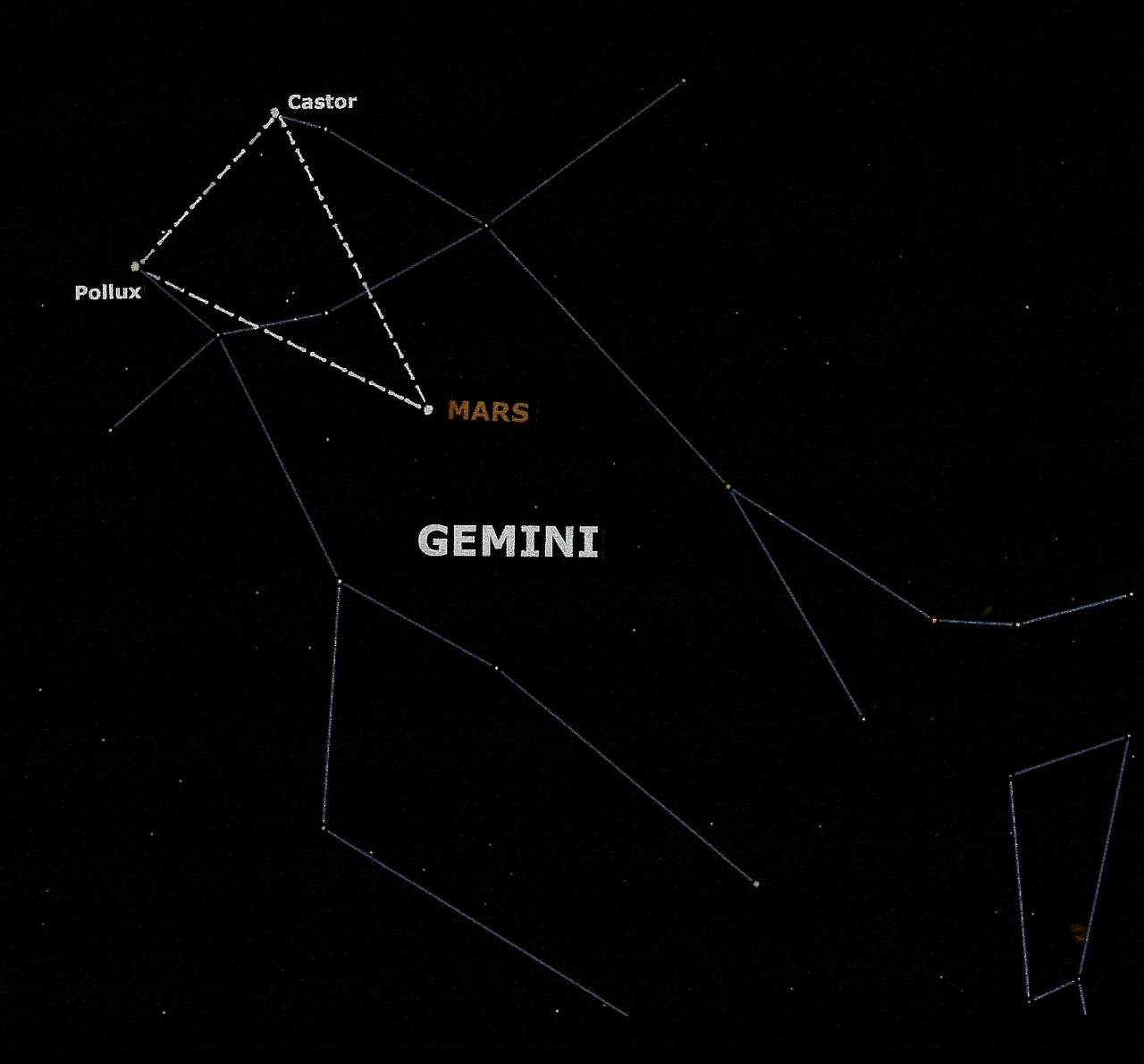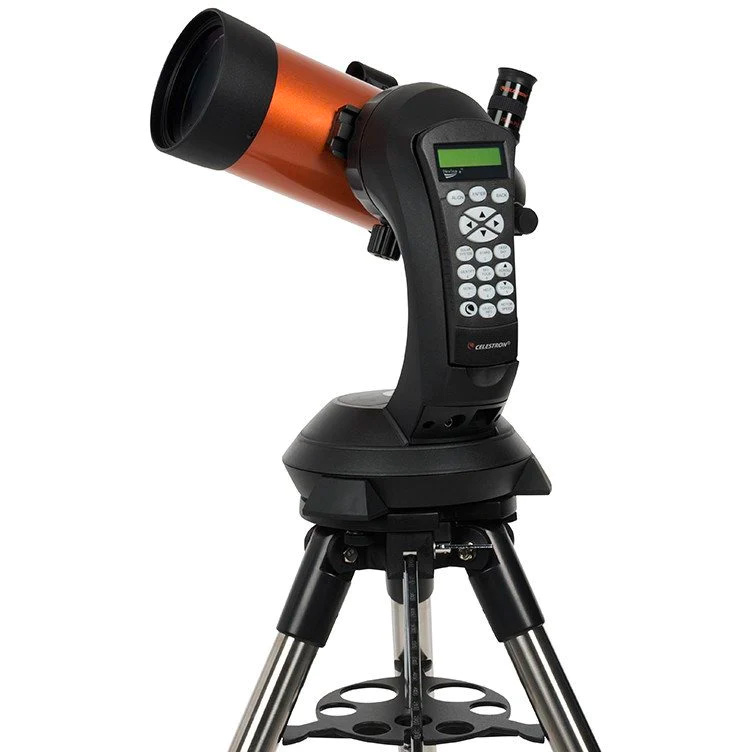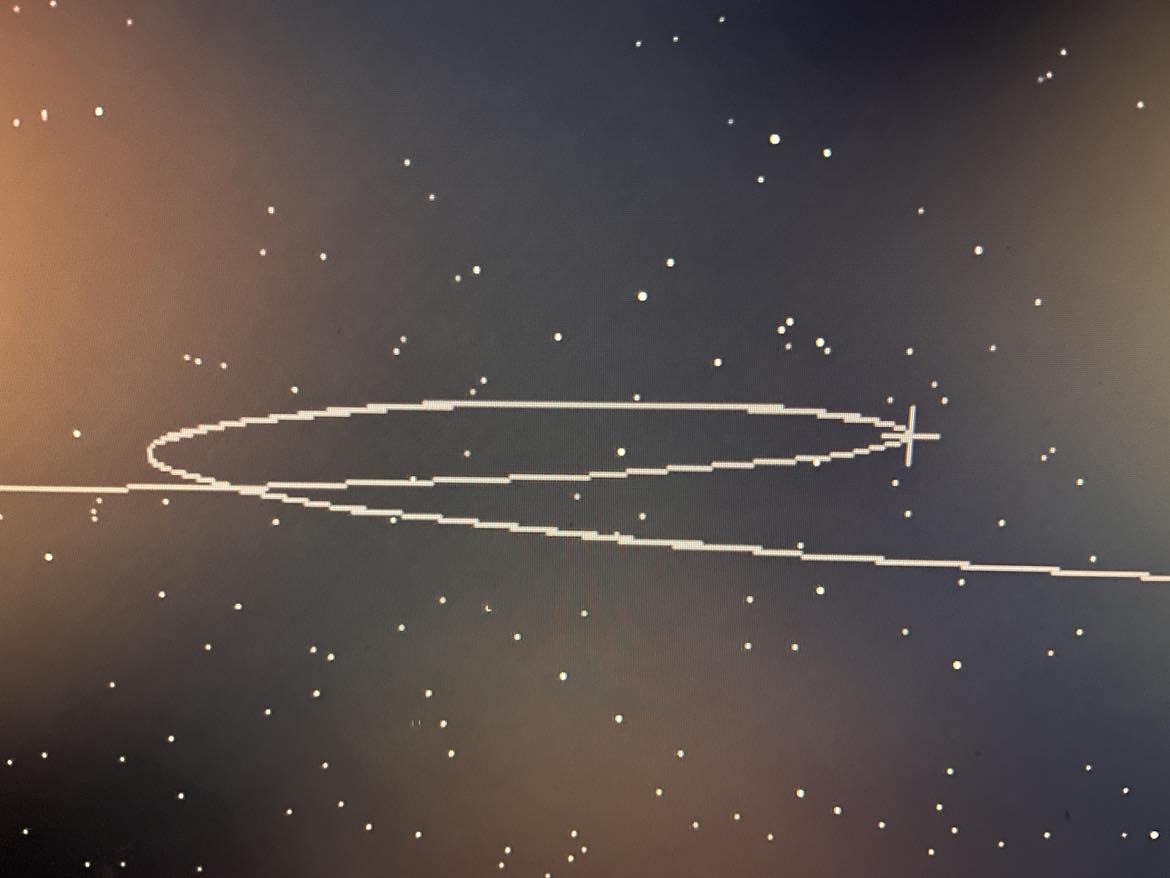
We have recently passed the midpoint of astronomical winter, which is the significant transition phase between the winter solstice in December and the vernal equinox in March. This pivotal moment occurred at 4:11 p.m. Eastern Time on February 3. As night descends this week, the “Winter Triangle” enters a prominent position in the southeastern sky.
This large, nearly equilateral triangle is formed by three of the night sky’s brightest stars, each residing in its own distinct constellation. The most luminous of these is the bluish-white star Sirius (magnitude -1.45), located in Canis Major, also known as the Big Dog; Sirius is renowned as the brightest star visible without the aid of telescopes. Following close behind is the yellowish-white star Procyon (magnitude +0.37) in Canis Minor, the Little Dog. The name Procyon comes from Ancient Greek, translating to “before the dog,” since it rises ahead of Sirius in the night sky, moving eastward thanks to Earth’s rotation. Observers at mid-northern latitudes can spot Procyon rising about 25 minutes prior to the dazzling ascent of Sirius from the east-southeast horizon. The final member of this trio is the reddish star Betelgeuse (magnitude +0.48), found in Orion the Hunter, celebrated for its unpredictable variations in brightness. This star trio will be high in the sky around 9 p.m. If you wait until approximately 2 a.m., you’ll notice the Winter Triangle beginning to set in the west-southwest.
Typically, this configuration is the standout triangular pattern of the winter night sky. However, this year presents a noteworthy exception.
Temporary Triangle
In addition to this winter highlight, there is a smaller, temporary triangular formation gracing our evening sky this week. This pattern, visible around 6:30 p.m. local time when facing east, consists of the luminous stars marking the heads of Gemini the Twins, Pollux and Castor, along with the glowing planet Mars.
Given that Mars is the most radiant point of the three, let’s refer to this formation as “The Mars Triangle.”

(Image credit: Joe Rao using Starry Night Pro 8.0 software)
The radiant yellow-orange light of Mars (magnitude –0.6) marks the apex of this triangle, with the orange-hued star Pollux (magnitude +1.15) and the nearby white star Castor (magnitude +1.58) forming the base. The angles between Pollux-Mars and Castor-Mars are approximately 7 degrees each, while the length of the Pollux-Castor side measures about 4.5 degrees. For context, your clenched fist held at arm’s length spans about 10 degrees in width.
Shape in Flux
Unlike the fixed stars of the Winter Triangle, the configuration of the Mars Triangle will constantly evolve in the weeks to come, as Mars shifts its position against the backdrop of the stars.
Since December 7, Mars has been experiencing retrograde (backward) motion, gradually shifting west relative to the starry background. On that date, Mars was positioned significantly to the east of the Twins, residing in the nearby zodiacal constellation of Cancer the Crab, close to the celebrated Beehive star cluster. Since then, Mars has traversed a westward trajectory against the stellar backdrop.
TOP TELESCOPE PICK:

For those eager to observe the stars of Gemini or take a closer look at Mars in the night sky, the Celestron NexStar 4SE telescope is perfect for novice stargazers seeking reliable and quick observations of celestial bodies. For a deeper dive, check out our Celestron NexStar 4SE review.
On January 12, Mars entered the Gemini constellation and, by January 16, it formed a nearly straight line with Pollux and Castor. Continuing its westward trek, it created a distinct isosceles triangle with Pollux and Castor on February 2, this time with Pollux at the top and Mars and Castor forming the base.
The appearance of this trio has evolved into a more slender triangle, which should remain fairly stable over the next couple of weeks.
This stability is due to a significant event on February 24, when Mars will reach its second stationary point in its retrograde path and start to transition back to a regular eastward motion among the stars. As a result, the Mars Triangle will undergo another transformation around March 10, taking on a right triangle shape with Mars and Castor at the hypotenuse and a right angle at Pollux. Following this, the triangle’s form will progressively distort until, on April 9, the stars will line up straight once again.
And Brightness Too!
Additionally, keep in mind that as Mars continues to drift away from Earth, it will gradually appear fainter in the coming days and weeks. Currently, Mars is positioned approximately 70 million miles (113 million kilometers) away and shines at a magnitude of -0.6; this puts it among the top three brightest celestial objects, trailing only Sirius and Canopus.
However, by April 9, Mars will have receded to a distance of about 113 million miles (182 million kilometers) from Earth, resulting in a brightness drop to magnitude +0.6. While it will remain bright enough to be in the top ten of the most luminous stars, it will shine with only a third of its current brilliance.
Read more: Tonight’s Night Sky: Visible Planets, Stars, and More
Backward Motion Explained
In general, planets traverse the night sky from east to west due to their orbit around the sun; this is known as direct motion. Occasionally, however, a planet may appear to reverse direction and move westward for a time. This is referred to as retrograde motion, which Mars is currently exhibiting. Planets are said to be stationary at the points where they turn. Mars will reach its second stationary point on February 24, at which moment it will switch back to its normal eastward path among the stars.
Historically, such movements puzzled astronomers like Claudius Ptolemy (85-165 AD), but advancements in our understanding have since clarified these phenomena.
It was not until 1543 that Polish astronomer Nicolaus Copernicus (1473-1543) published his seminal work “De revolutionibus orbium coelestium” (On the Revolutions of the Heavenly Spheres), which helped elucidate the mystery behind the retrograde loops. By replacing Earth with the Sun at the center of the solar system, he explained the concept of apparent backward motion of planets.
This effect is analogous to overtaking a slower car on the highway; as both vehicles move in the same direction, the one traveling faster appears to have the slower car moving backward relative to it. Copernicus effectively applied this analogy to planetary movements. In the current scenario, both Earth and Mars orbit the sun in the same direction, but Mars — which is moving more slowly — appears to reverse direction as Earth passes it.

(Image credit: Joe Rao utilizing Dance of the Planets software. ARC Science Simulation)
This retrograde movement began after Mars reached its first stationary point on December 7, leading to its backward loop westward. Earth overtook Mars on January 15.
Finally, on February 24, the interactions of Earth and Mars will cause the retrograde motion to balance out, allowing Mars to reach its second stationary point. From that point forward, Mars will revert to its usual eastward travel in the night sky.
So, savor the beauty of the Mars Triangle while it lasts; after mid-March, it will no longer be a visible formation.
Interested in viewing stars like Castor and Pollux, or taking a closer look at Mars? Our comprehensive guides to the best telescopes and best binoculars will prove invaluable for achieving close-up views of the night sky. For budding astrophotographers, refer to our recommendations for the best cameras for astrophotography and best lenses for astrophotography.
Joe Rao serves as an instructor and guest speaker at New York’s Hayden Planetarium. He writes about astronomy for Natural History magazine, the Farmers’ Almanac, and various other publications.









